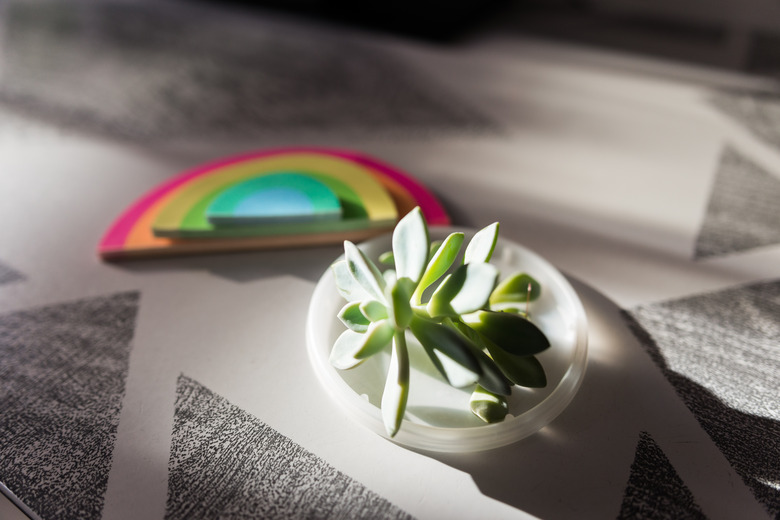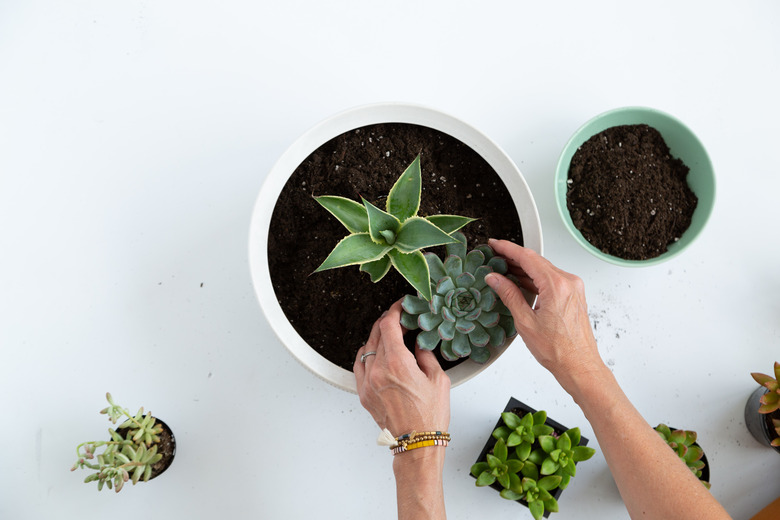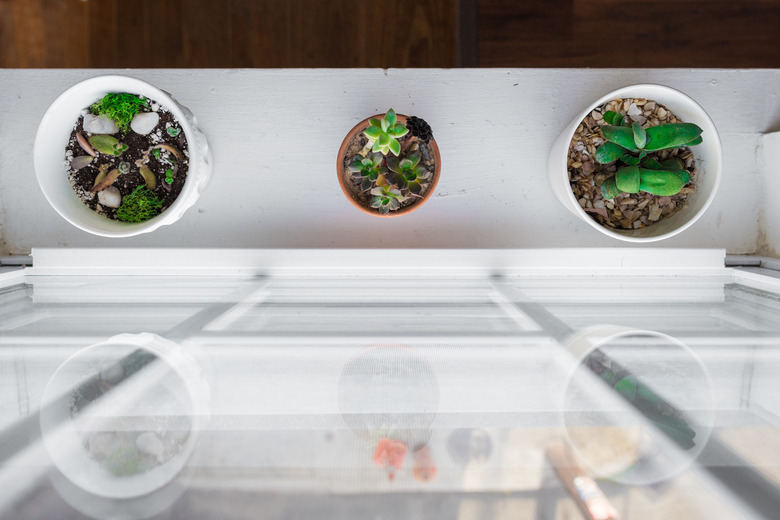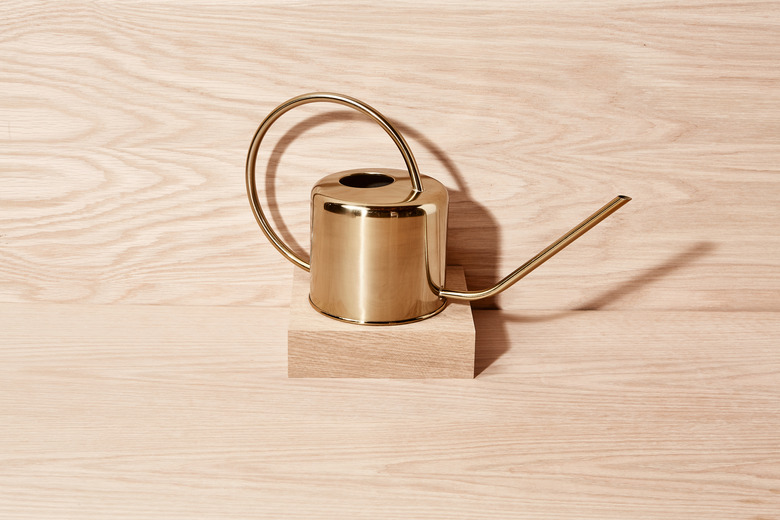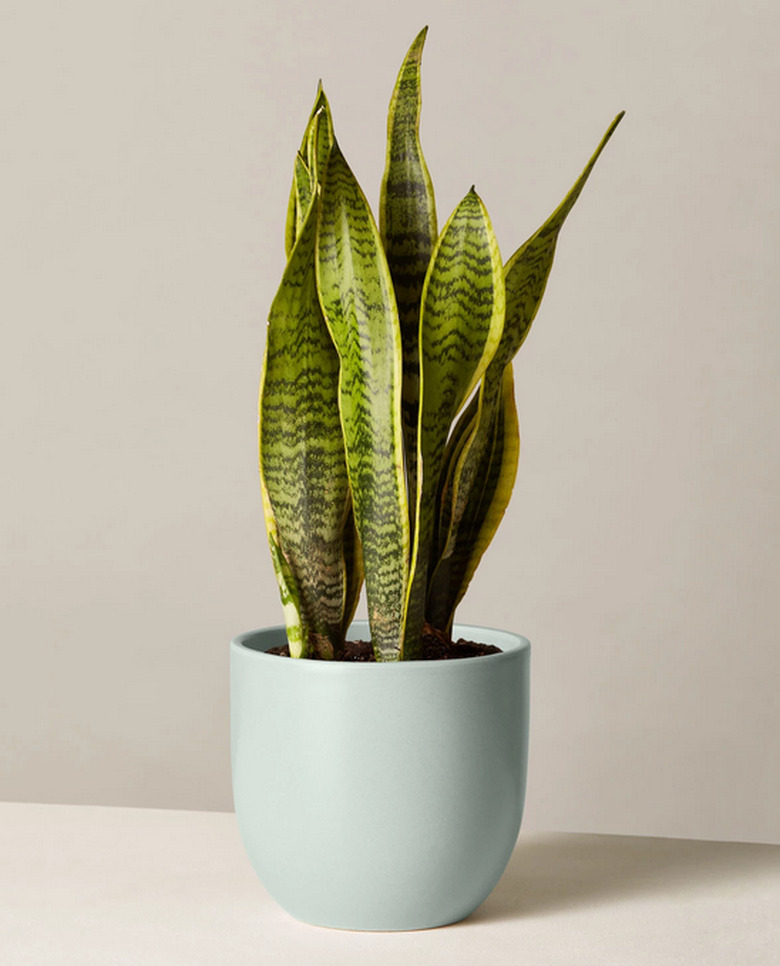Succulents As Indoor Plants: How To Care For Them Properly
We may receive a commission on purchases made from links.
If you are looking for striking ornamental houseplants that thrive on neglect, think succulents. The term comes from Latin succos meaning juice, and refers to a broad category of plants that store water in their stems, leaves, or roots. Don't think you'll be locked into a few common choices: There are thousands of species of succulents on the planet, most of which are easy-care, eye-catching houseplants.
Succulents as Houseplants
Succulents as Houseplants
If you live in the West, you probably see magnificent succulent gardens displayed throughout your neighborhood. Some, including most cactus plants, are stem succulents, storing water in their expandable trunks, while others — like the popular jade plant, agave, or sedum — hold water in their puffy leaves. Another group of succulents have water-storing roots.
What does all this water-storing capability mean for indoor plants? It means that if you bring succulents into your home, you won't need to worry about them as much or tend to them as closely as you would more demanding plants like ferns, for example. Succulents require little water or fertilizer and thrive on neglect. In short, they make wonderful houseplants.
Potting Up a Succulent
Potting Up a Succulent
The old spouse's tale says that it isn't possible to kill a succulent, but thousands of gardeners will testify that this is false. While succulents in the home won't require frequent irrigation, they do have some cultural requirements that are do-or-die for those who hope for thriving plants. One of the most critical growing requirements is well-draining soil.
Many succulents hail from arid regions of the Americas, Africa, and India, and absolutely require soil providing excellent drainage. One good soil mix for indoor plants is a blend of one part potting soil and one part coarse sand. You can also buy succulent or cactus soil mixes that are sandy with some gravel at a garden store. Don't worry about adding organic matter since succulents thrive on lean, mean soils.
The best-draining potting soil won't be sufficient, however, if your pot doesn't have drainage holes. When you water a pot without drainage holes, the water will sit at the bottom of the pot, eventually rotting the plant. Select a pot with multiple holes, not just one small one in the middle. The larger the succulent container, the more drainage holes the plant will need.
Positioning a Succulent
Positioning a Succulent
Succulents hail from subtropical or tropical locations and won't survive cold or dark placements. Sunlight is a must for indoor plants, and usually a half to full day of sunlight is best. If you have a sunny, south-facing window, your indoor succulents will likely be thrilled with the exposure. West-facing windows can work well too.
If your home just doesn't get good light exposure, you can supplement the sun with white fluorescent light bulbs. Place them 6 to 12 inches above the succulents. If this is the sole source of light, you'll need to leave them on for some 16 hours every day.
Watering Indoor Succulents
Watering Indoor Succulents
The surest way to kill a succulent is to overwater it, so avoid this at all costs, keeping in mind that succulents thrive on neglect. Only water a succulent houseplant after the soil dries out completely. The timing between drinks depends on how large your container is, but if you are watering more than once every week or two, you are likely overwatering.
When you do water succulent indoor plants, water thoroughly. Keep pouring in water until you see water coming from the drain holes. The easiest way to water is to place the container in a sink, water thoroughly, then allow the container to drain for 15 or 30 minutes before replacing it on its saucer. A plant allowed to sit in a saucer of water will rot just as surely as one that is watered too often.
Indoor Succulent Care Tips
Indoor Succulent Care Tips
While a lot of the succulents sold in garden stores take the form of rosettes or thick-leafed jade plants, look a little further for different growth patterns. If you want an upright plant, there's the Madagascar dragon tree (Dracaena marginata), a palm tree lookalike that grows to 5 feet in 10 years, or mother-in-law's tongue (Sansevieria trifasciata) that grows in upright, variegated spears to 6 feet or taller. For cascading succulents, consider string-of-pearls (Senecio rowleyanus), a fascinating succulent that looks like peas on a cord.
What do you do if your succulent outgrows its space? Pruning succulents is easy, and usually a matter of a snip with a pruner or even kitchen scissors. The parent plant recovers well and those cuttings can turn into new plants. Allow the cut stem to dry over for a week, then plant in dry soil and water a week after that.
